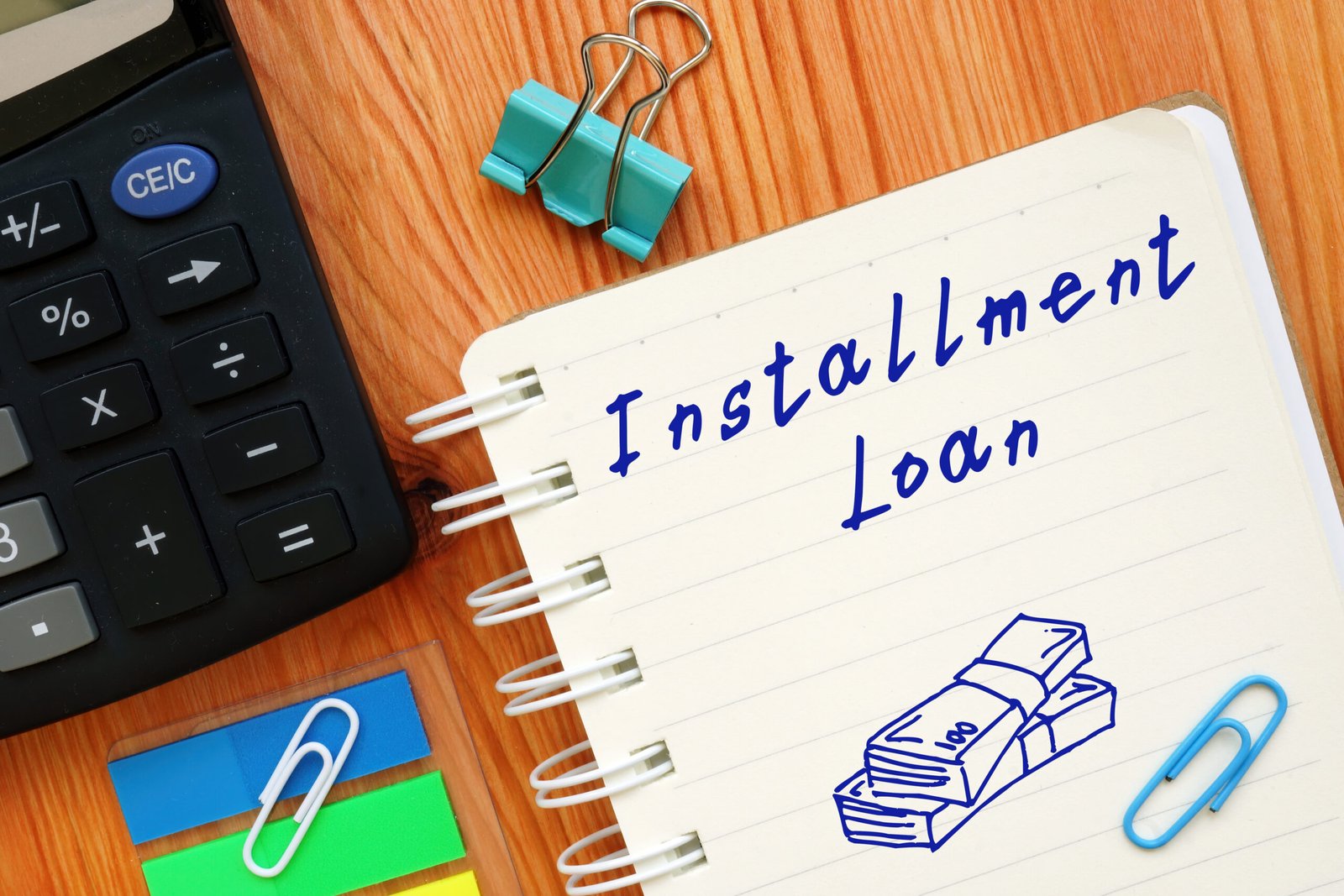Relocating to a new home is an exciting chapter, but it often comes with its own set of challenges, especially when it comes to financing the move. Between hiring moving companies, renting trucks, packing, and covering various other relocation expenses, the costs can quickly add up. For many individuals and families, this can cause financial strain.
One solution that is gaining popularity is the moving loan. A moving loan is a personal loan specifically designed to help cover the costs of relocation. In this blog post, we will explore how a moving loan can ease the financial burden of your home relocation, what it covers, and how to determine whether it’s the right option for you.
What is a Moving Loan?
A moving loan is a type of personal loan that you can use to pay for the costs associated with relocating to a new home. These loans typically have fixed interest rates and repayment terms, making them a predictable and manageable way to finance your move. The loan amount can be used for a variety of moving-related expenses, from hiring professional movers to buying packing supplies or even covering temporary accommodation costs if your move involves significant travel.
Unlike mortgages or home loans, which are tied to the purchase of a property, a moving loan is unsecured, meaning you don’t need to offer collateral to borrow the funds. It works more like a personal loan, where the lender assesses your creditworthiness to determine the loan amount, interest rate, and repayment terms.
Key Features of a Moving Loan:
- Unsecured loan: No collateral is required.
- Flexible use: Funds can be used for a wide range of relocation-related expenses.
- Fixed rates and terms: Most moving loans offer fixed interest rates and predictable monthly payments.
- Quick access to funds: Moving loans are often disbursed quickly, so you can access the money when you need it most.
Why You Might Need a Moving Loan
While some people may be able to fund their relocation through savings or credit cards, a moving loan can provide several benefits that help reduce financial stress and ensure a smoother move. Below are some common reasons why a moving loan might be a helpful solution for your relocation:
1. Covering Unexpected Expenses
Moving can be an unpredictable process. Even with careful planning, there can be unexpected costs—delays in moving dates, additional storage fees, last-minute repairs to your new home, or unanticipated travel costs. A moving loan provides a financial cushion for such unexpected expenses. With a loan in place, you can better manage any surprises without derailing your move.
2. Hiring Professional Movers
Professional movers can make the moving process much easier, but their services can be costly. Between packing, loading, transporting, and unloading, moving companies typically charge based on the size of your move and the distance traveled. For long-distance or cross-country moves, the costs can be significant.
If your savings don’t stretch far enough to cover these moving costs, a moving loan can help bridge the gap. You can use the loan to hire a moving company, or if you’re relocating internationally, it can be used to cover shipping and logistics costs for your belongings.
3. Paying for Temporary Accommodation
If you need to move out of your current home before your new home is ready, you might need to pay for temporary accommodation. This could be a hotel stay, a short-term rental, or even an Airbnb while waiting for your new home to be move-in ready. Depending on the duration of the waiting period and location, these costs can add up quickly.
A moving loan can help cover these interim costs, allowing you to secure temporary housing without stressing your finances. It ensures that you don’t have to worry about the immediate costs while your relocation is in progress.
4. Buying Moving Supplies
Packing materials such as boxes, tape, bubble wrap, and markers are essential for a safe and organized move. While some people may be able to gather used boxes and packing materials, others may need to purchase new supplies to ensure that their belongings are protected during the move.
A moving loan can cover the cost of these supplies, making it easier for you to get everything ready for the move. You’ll be able to purchase the necessary materials without compromising your ability to pay for other essential relocation services.
5. Relocation Services for Job Transfers
If your relocation is due to a job transfer, a moving loan can help with the costs that your employer does not cover. While some companies offer relocation assistance, many don’t cover the full range of expenses, especially if your move involves a long-distance or international relocation. A moving loan can bridge the gap between what your employer covers and what you need to pay out-of-pocket, allowing you to focus on your career transition rather than stressing over financial concerns.
What Can a Moving Loan Cover?
A moving loan can be used to pay for a variety of relocation-related costs. While the specifics of what is covered may depend on the lender and the terms of the loan, here are some of the common expenses that a moving loan can help finance:
1. Professional Moving Services
- Packing and unpacking services
- Loading and unloading services
- Transportation of belongings
- Long-distance shipping (if applicable)
2. Moving Equipment Rentals
- Rental of moving trucks
- Packing supplies and materials
- Storage rental (if needed)
3. Temporary Housing Costs
- Hotel stays or short-term rentals
- Airbnb accommodations
- Vacation or rental homes
4. Travel Expenses
- Fuel costs for a self-moving vehicle
- Airfare, bus, or train tickets (for long-distance moves)
- Food and lodging while in transit
5. Miscellaneous Relocation Costs
- Home repairs or updates before moving in
- Utility setup and deposit fees
- Cleaning services (for your old and new home)
How to Apply for a Moving Loan
Applying for a moving loan is similar to applying for any other personal loan. Here are the general steps involved in the process:
1. Assess Your Financial Situation
Before applying for a loan, assess your current financial situation. How much do you need to borrow? What expenses will you incur during your move? Being clear on the amount of money required will help you choose the right loan amount and repayment terms.
2. Check Your Credit Score
Because a moving loan is unsecured, lenders will rely heavily on your credit score to determine whether you qualify for the loan and the interest rate. It’s a good idea to check your credit score before applying so you have a better understanding of what loan terms you may qualify for.
3. Compare Lenders and Loan Terms
Different lenders offer different loan terms, so take the time to compare options. Look for:
- Interest rates: A lower interest rate means you’ll pay less in the long run.
- Repayment terms: Choose terms that fit within your budget, whether that’s a shorter term with higher payments or a longer term with lower payments.
- Fees: Be sure to factor in any loan origination fees, late fees, or other charges.
4. Submit Your Application
Once you’ve selected a lender, submit your application. Most lenders will require basic personal and financial information, including your income, employment status, and any existing debts.
5. Use the Loan Wisely
Once approved, use the loan funds for your moving-related expenses. It’s important to stick to your moving budget and not overextend yourself financially. Make sure you keep all receipts and records for your move to ensure that you use the loan efficiently.
Pros and Cons of a Moving Loan
Like any financial product, moving loans have their pros and cons. Here’s a quick overview:
Pros:
- Quick access to funds: Moving loans provide a fast way to cover unexpected expenses.
- Flexible usage: You can use the loan for a variety of moving-related costs.
- No collateral required: Most moving loans are unsecured.
- Predictable payments: Fixed rates and terms make it easier to plan your finances.
Cons:
- Interest costs: While the interest rate may be lower than credit cards, you will still pay interest on the loan amount.
- Approval requirements: You must meet certain credit and income requirements to be approved.
- Debt: A loan adds to your debt load, which could affect your long-term financial situation if not managed carefully.
Is a Moving Loan Right for You?
A moving loan can be an excellent solution if you need financial assistance with relocation expenses and can afford to repay the loan. However, it’s important to weigh your options carefully. If your moving costs are relatively low and you have the savings to cover them, a loan may not be necessary. On the other hand, if your relocation is large-scale and you’re unsure how to manage all the expenses, a moving loan could offer the financial flexibility you need.
Before applying for a moving loan, make sure to evaluate your financial capacity to repay the loan and shop around for the best loan terms. In doing so, you’ll be able to enjoy your new home without the burden of financial stress during the relocation process.




